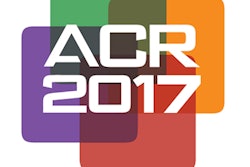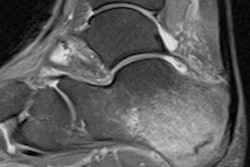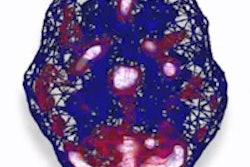Emergency department admissions for sports-related head injuries have skyrocketed in recent years -- and so have unnecessary CT scans to evaluate them, according to a new report in the American Journal of Emergency Medicine.
The study included more than 3,000 children ages 5 to 18 who were admitted to emergency departments for sports-related head injuries. More than half received CT scans, but only 4% were serious enough to count as a traumatic brain injury (TBI) (Am J Emerg Med, July 6, 2015).
There are opportunities to reduce injuries in high-risk sports, as well as opportunities to reduce unnecessary CT scans by applying evidence-based rules for scanning, said lead author Dr. Todd Glass, chief of emergency medicine at Nemours Children's Hospital.
The analysis was performed using data from the Pediatric Emergency Care Applied Research Network (PECARN). The PECARN trial, led by the University of California, Davis, developed its own evidence-based prediction rules for the original study of 40,000 head injuries. Those rules were used to define TBI in the present study as well, which examined a subset of 23,082 children ages 5 to 18 who were admitted to emergency departments. About 14% (3,289) of the head injuries were sports-related.
The results showed that CT scans were conducted in 1,743 children, or 53% of those who had sports-related head injuries, but only 69 patients had TBI. The vast majority of the CT scans were conducted in children who were actually at low risk for TBI and could have been observed instead of scanned.
When deciding whether to conduct a CT scan, individuals such as parents, coaches, or members of the care team other than the emergency physicians often wield an outsized influence, biasing the outcome in favor of a CT scan, whether or not it is indicated, the study team wrote.




















